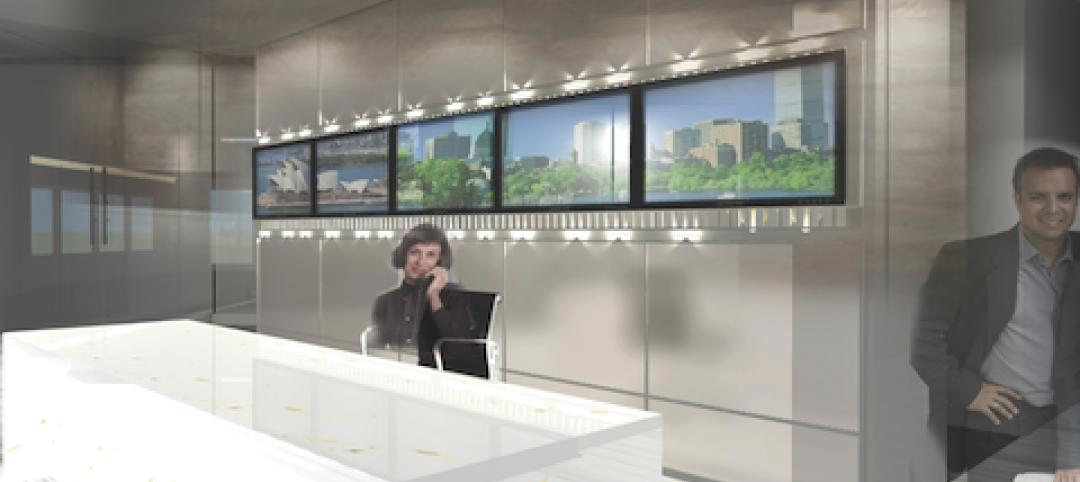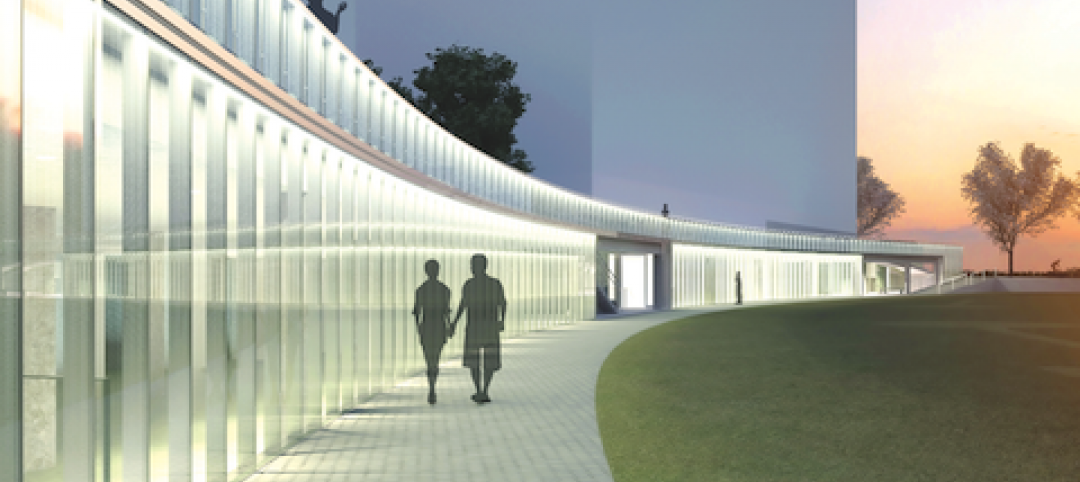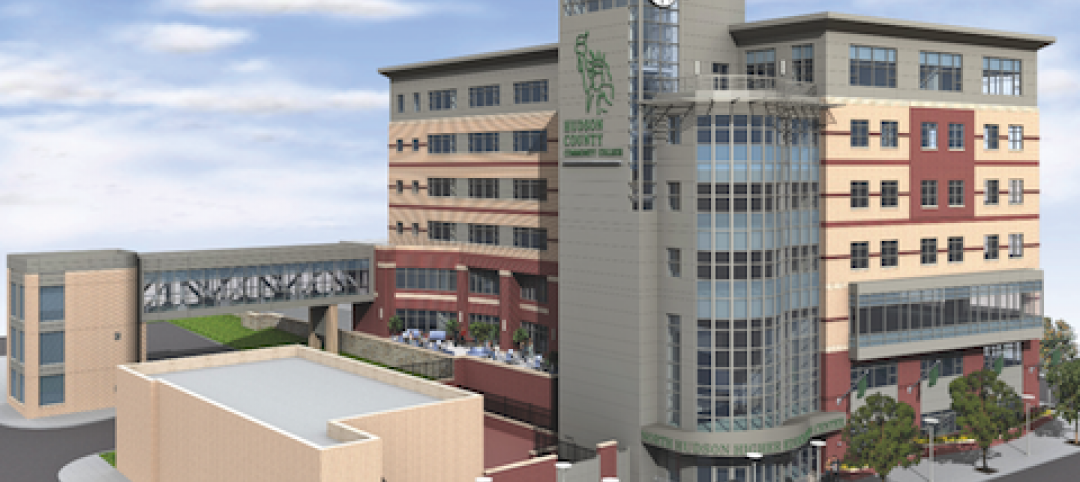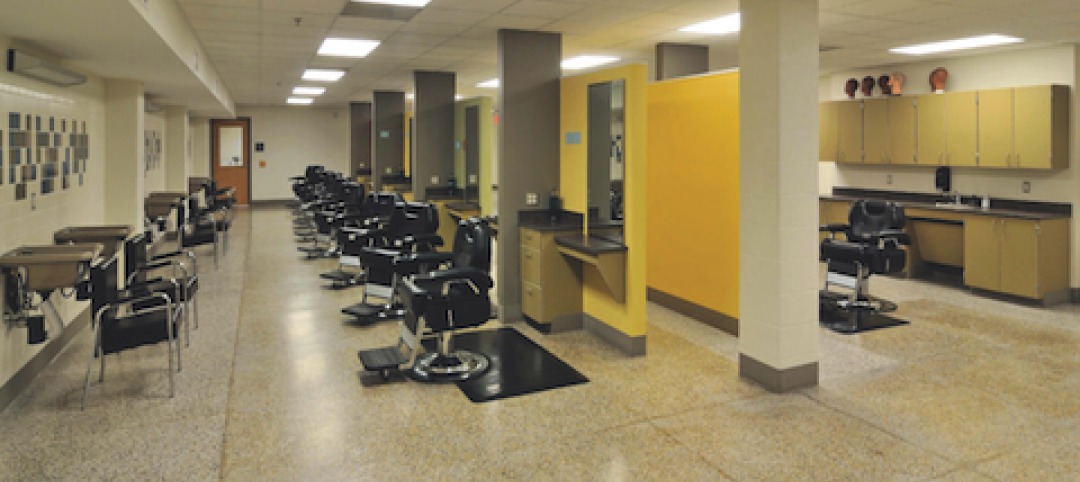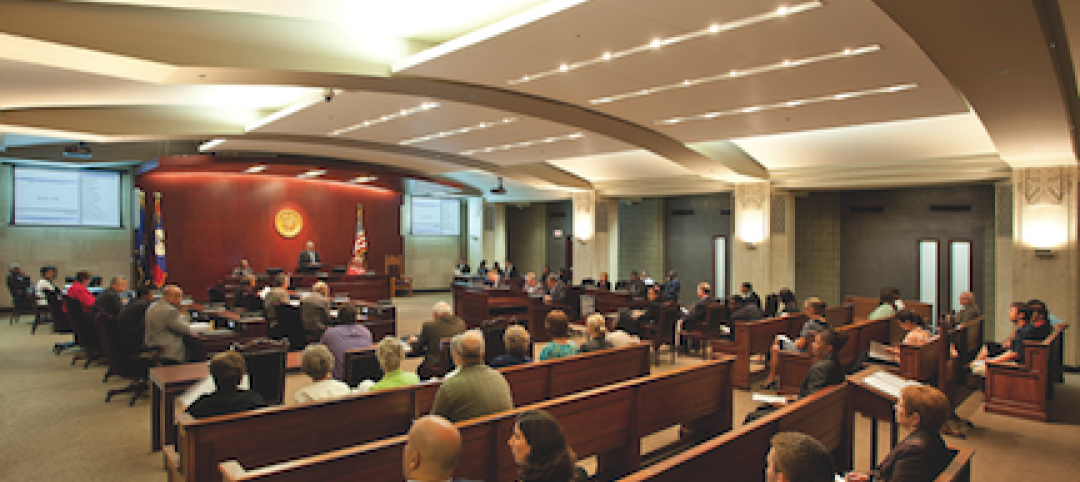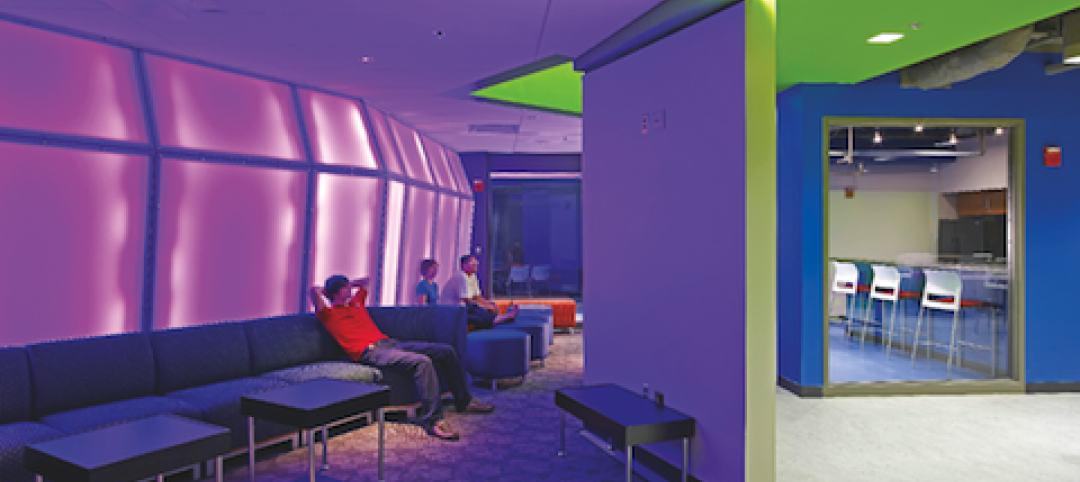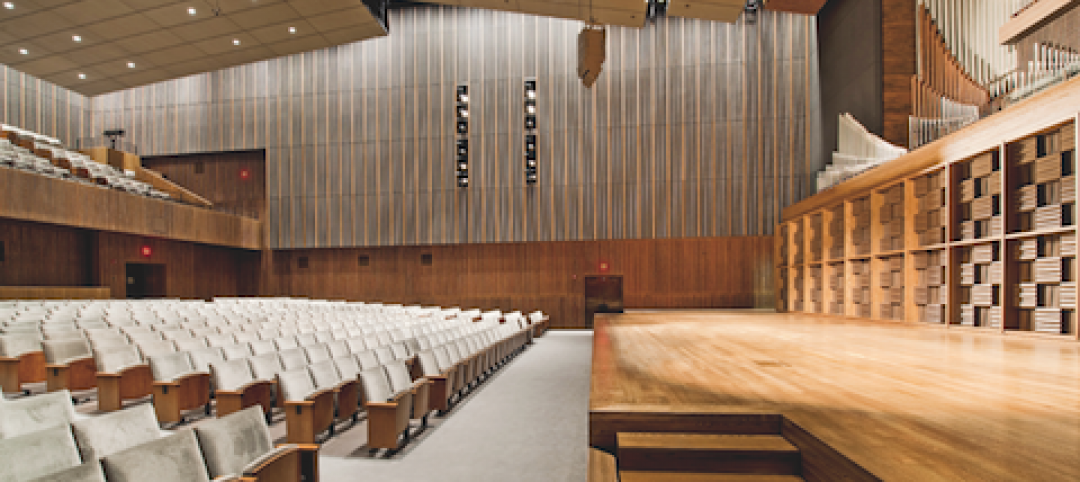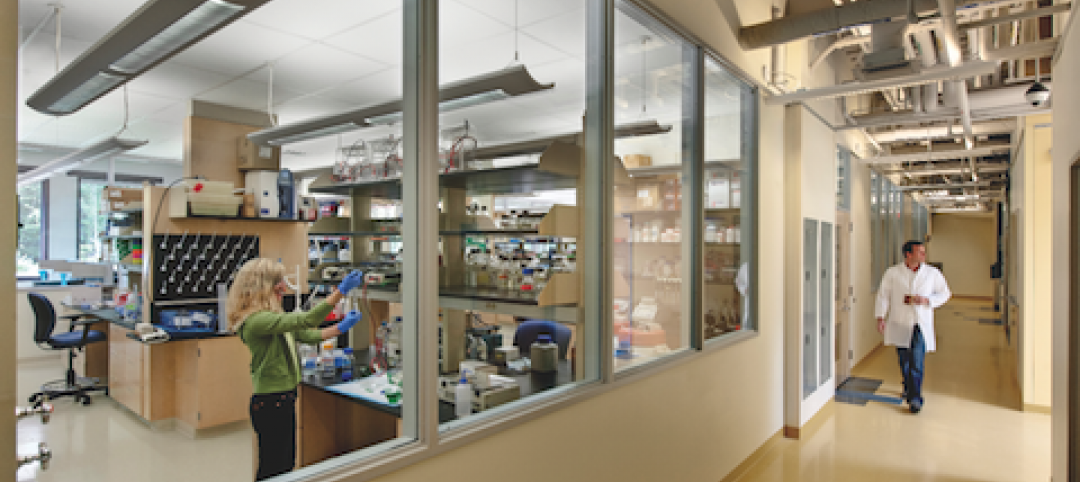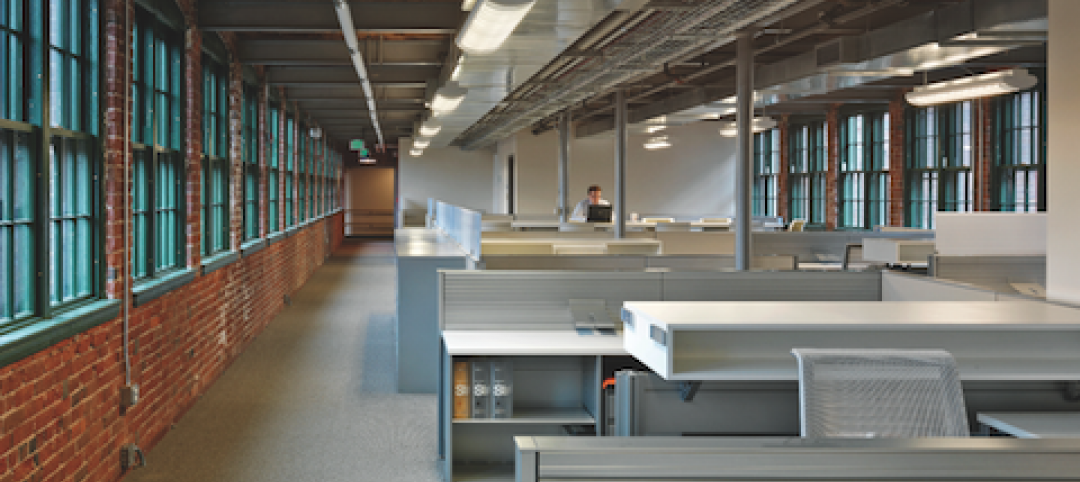New research from the Society for Marketing Professional Services Foundation (SMPS Foundation) finds that average AEC firm hit rate—measured most commonly as the total number of proposals submitted to the total number of projects won—falls within the 37-44% range, depending on the discipline. Engineering firms have the highest average hit rate, at 44.2%. Construction firms have the lowest average hit rate, at 37.9%.
The 22-page report, Measuring for Success: A Look at Hit Rates & Other KPIs in the A/E/C Industries, evaluates the tools and processes that AEC firms use to track marketing success. The findings and analysis are based on a survey of 303 U.S.-based AEC firms conducted by the SMPS Foundation in conjunction with the Southern Illinois University Edwardsville Master of Marketing Research program.
“While there are many variables in tracking hit rates throughout AEC industries, there is a benefit to having a metric for evaluating a firm’s progress,” wrote the report’s authors. “The hit rate provides a baseline over time for firms to improve their success rate and should be used in conjunction with other key performance indicators such as profitability, market trends, and backlog.”
The report addresses a variety of topics, including:
• Methods and metrics AEC firms utilize to track their success of winning projects
• How firms use the hit rate metric to improve future performance
• Alternative key performance indicators
• Effectiveness of hit rate and other KPIs
• Barriers to developing a benchmarking standard for AEC firms
• It concludes with takeaways and action steps for AEC firms.
SMPS members receive a complimentary download of the report once they log on to smps.org.
Nonmembers may download the report with a donation of $24.95 until January 31, 2017.
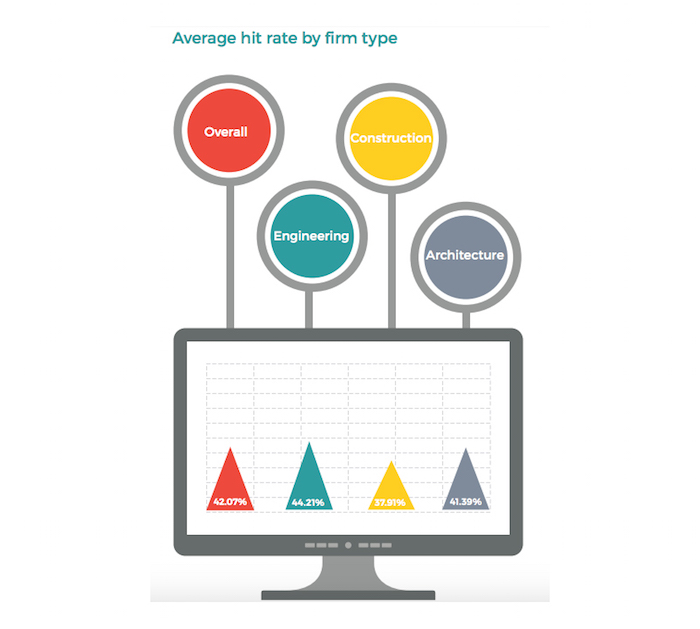 Source: SMPS Foundation
Source: SMPS Foundation
Related Stories
| Oct 13, 2010
HQ renovations aim for modern look
Gerner Kronick + Valcarcel Architects’ renovations to the Commonwealth Bank of Australia’s New York City headquarters will feature a reworked reception lobby with back-painted glass, silk-screened logos, and a video wall.
| Oct 13, 2010
Community center under way in NYC seeks LEED Platinum
A curving, 550-foot-long glass arcade dubbed the “Wall of Light” is the standout architectural and sustainable feature of the Battery Park City Community Center, a 60,000-sf complex located in a two-tower residential Lower Manhattan complex. Hanrahan Meyers Architects designed the glass arcade to act as a passive energy system, bringing natural light into all interior spaces.
| Oct 13, 2010
Community college plans new campus building
Construction is moving along on Hudson County Community College’s North Hudson Campus Center in Union City, N.J. The seven-story, 92,000-sf building will be the first higher education facility in the city.
| Oct 13, 2010
County building aims for the sun, shade
The 187,032-sf East County Hall of Justice in Dublin, Calif., will be oriented to take advantage of daylighting, with exterior sunshades preventing unwanted heat gain and glare. The building is targeting LEED Silver. Strong horizontal massing helps both buildings better match their low-rise and residential neighbors.
| Oct 12, 2010
Holton Career and Resource Center, Durham, N.C.
27th Annual Reconstruction Awards—Special Recognition. Early in the current decade, violence within the community of Northeast Central Durham, N.C., escalated to the point where school safety officers at Holton Junior High School feared for their own safety. The school eventually closed and the property sat vacant for five years.
| Oct 12, 2010
Guardian Building, Detroit, Mich.
27th Annual Reconstruction Awards—Special Recognition. The relocation and consolidation of hundreds of employees from seven departments of Wayne County, Mich., into the historic Guardian Building in downtown Detroit is a refreshing tale of smart government planning and clever financial management that will benefit taxpayers in the economically distressed region for years to come.
| Oct 12, 2010
Owen Hall, Michigan State University, East Lansing, Mich.
27th Annual Reconstruction Awards—Silver Award. Officials at Michigan State University’s East Lansing Campus were concerned that Owen Hall, a mid-20th-century residence facility, was no longer attracting much interest from its target audience, graduate and international students.
| Oct 12, 2010
Gartner Auditorium, Cleveland Museum of Art
27th Annual Reconstruction Awards—Silver Award. Gartner Auditorium was originally designed by Marcel Breuer and completed, in 1971, as part of his Education Wing at the Cleveland Museum of Art. Despite that lofty provenance, the Gartner was never a perfect music venue.
| Oct 12, 2010
Cell and Genome Sciences Building, Farmington, Conn.
27th Annual Reconstruction Awards—Silver Award. Administrators at the University of Connecticut Health Center in Farmington didn’t think much of the 1970s building they planned to turn into the school’s Cell and Genome Sciences Building. It’s not that the former toxicology research facility was in such terrible shape, but the 117,800-sf structure had almost no windows and its interior was dark and chopped up.
| Oct 12, 2010
The Watch Factory, Waltham, Mass.
27th Annual Reconstruction Awards — Gold Award. When the Boston Watch Company opened its factory in 1854 on the banks of the Charles River in Waltham, Mass., the area was far enough away from the dust, dirt, and grime of Boston to safely assemble delicate watch parts.



